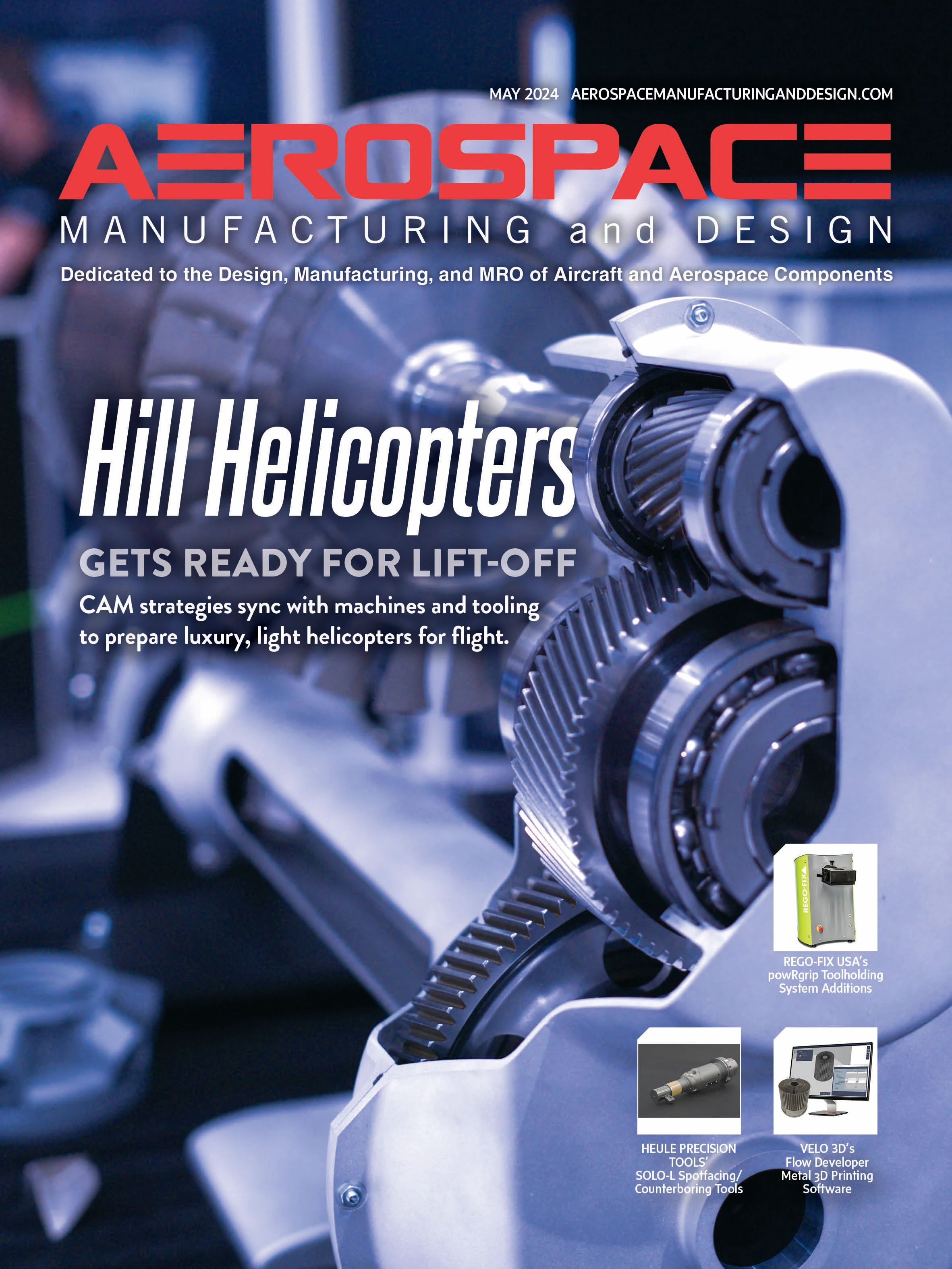
An uncrewed solar-powered aircraft with a wingspan greater than a Boeing 747 completed what’s believed to be the first successful autonomous/unmanned/uncrewed flight of a large solar-powered aircraft in the United States. Skydweller, took off, flew, and landed itself, without humans on-board or in control.
Robert Miller, CEO, Skydweller Aero, the aircraft’s manufacturer, says, “Our fleet of uncrewed aircraft will enable a multitude of long-duration missions that support national security and non-terrestrial communications.”
Skydweller aircraft can stay aloft for 90 days or more, at altitudes up to 45,000ft allowing operation in challenging areas for longer durations, while reducing environmental impact.
According to Miller, a single Skydweller, coupled with minimal operating personnel, can replace a fleet of conventional aircraft, making the solar-powered Skydwellers 10x to 100x less expensive to operate than conventional aircraft for long-duration missions and remove the need for flight crews to be in hostile or dangerous airspace. https://www.skydweller.aero
Parry Labs teams with AeroVironment
AeroVironment (AV) is exclusively teaming with Parry Labs, which has expertise in modular open systems approach (MOSA), to architect, develop, deliver, and integrate digital engineering, software, and mission system hardware into AV’s upcoming P550 uncrewed aircraft system (UAS), purpose built for the U.S. Army’s Long Range Reconnaissance (LRR) program.
Parry Labs created a platform using an open and intelligent software stack; size, weight, power, and cost (SWaP-C)-optimized hardware; and a digital engineering environment for collaborative build, test, and integration.
Parry Labs CTO Dave Walsh says using an open systems approach on the P550 allows for fast and secure upgrades across programs and platforms.
AV’s MOSA-enabled P550 UAS will feature advanced artificial intelligence (AI), autonomy, payload versatility, and rapid deployment capabilities. https://parrylabs.com; https://www.avinc.com
Kraus Hamdani Aerospace solar-electric UAS wins US Navy contract

The U.S. Navy selected Emeryville, California-based Kraus Hamdani Aerospace to provide a solar-electric vertical takeoff and landing (VTOL) unmanned aerial system (UAS). The Group 2 UAS, K1000ULE, is to be fielded by the U.S. Marine Corps Small Unit Remote Scouting System.
The K1000ULE, while providing long flight endurance, can share information between different platforms, repositioning aircraft on demand. A swarm of K1000ULE UAS could be operated through one user interface. The pilot can view flight time, number of assets in the sky, battery power, and positioning. Additionally, the operator can review or change coverage area or mission objectives. http://www.khaero.com

Explore the May 2024 Issue
Check out more from this issue and find your next story to read.
Latest from Aerospace Manufacturing and Design
- NASA-supported technology outfits Venus Aerospace hypersonic engine
- To the Smoothest Surfaces, Finishes, and Beyond | Okuma GA26W
- Extraordinary Starts Where Limits End | Okuma
- Satair, Champion Aerospace sign multi-year distribution agreement
- EMUGE-FRANKEN USA expands N. American solid carbide drill program
- AURA AERO unveils INTEGRAL R to the US market
- Creform Tite-Space AGV fleet
- Cyient Group, Deutsche Aircraft finalize multi-year contract





